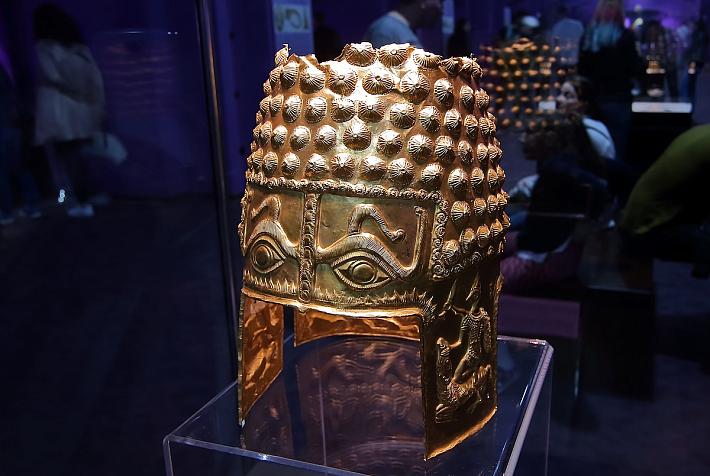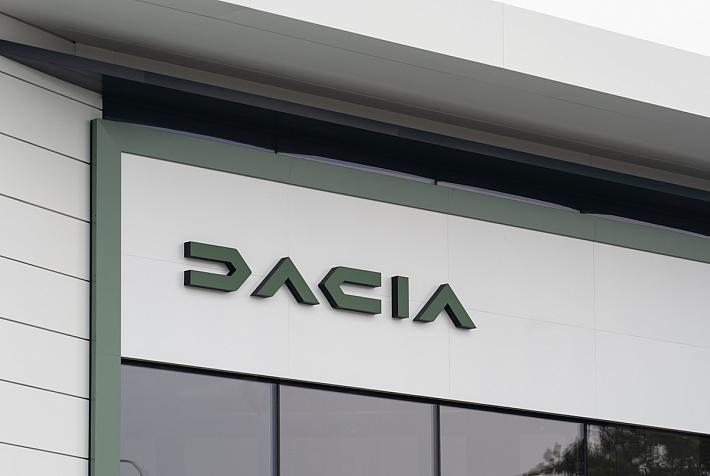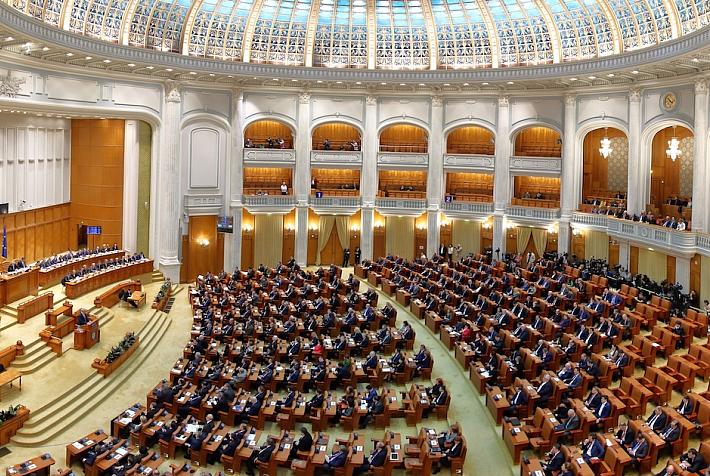Landmark site of Romania’s 1848 Revolution, refurbished with EUR 1.15 mln
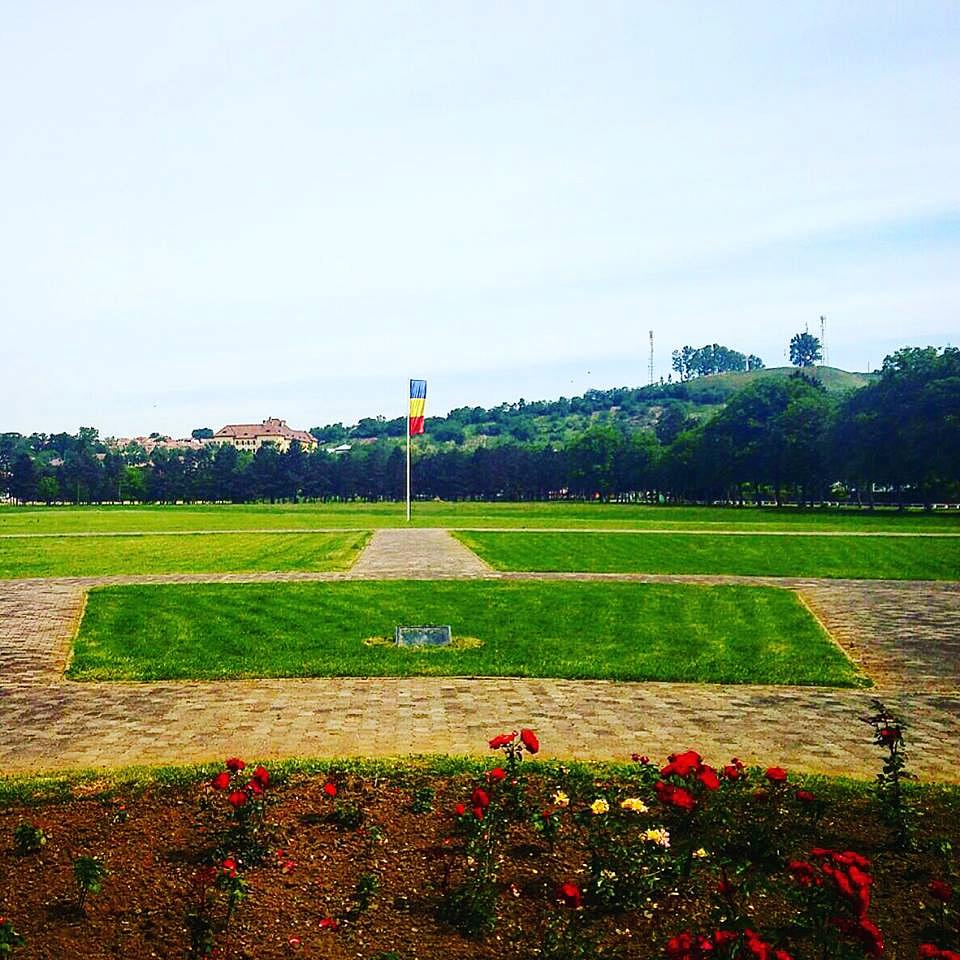
Campia Libertatii (Freedom Plain) in Blaj, a city 36 km east of Alba Iulia, in central Romania, will undergo a RON 5.2 million (EUR 1.15 million) refurbishment process, local Mediafax reports.
The funding comes from the local administration and the Alba county council, which will put RON 3 million (almost EUR 670,000) of the sum. The refurbishment works started in the summer of last year, at estimated lower costs. This week, the Alba county council voted to grant an additional sum, asked by the Blaj city hall, as the project was deemed of national interest, not just a local one.
Works are estimated to last for a year. They include the re-building of the pedestrian lanes, the setting up of street lighting and street furniture such as benches, water fountains, and garbage bins, adding architectural lighting to the Gloria monument ensemble, and remodeling the surrounding fence and access gates.
Campia Libertatii is visited by 5,000 tourists yearly. It is the place where one Great National Gathering took place during the 1848 Romanian Revolution. Some 40,000 Romanians living in Transylvania, at the time part of the Austrian Empire, gathered to ask for the union with the other Romanian provinces. The 1848 revolution also targeted the abolition of the boyars’ privileges, civic and political rights, freedom of speech and of the press, and the creation of a national army.
The Gloria ensemble encompasses an 18-meter high monument and 26 busts of Romanian personalities who contributed to the 1848 revolution.
Blaj aLive, one of the largest festivals in Alba county, has been taking place at Campia Libertatii since 2013.
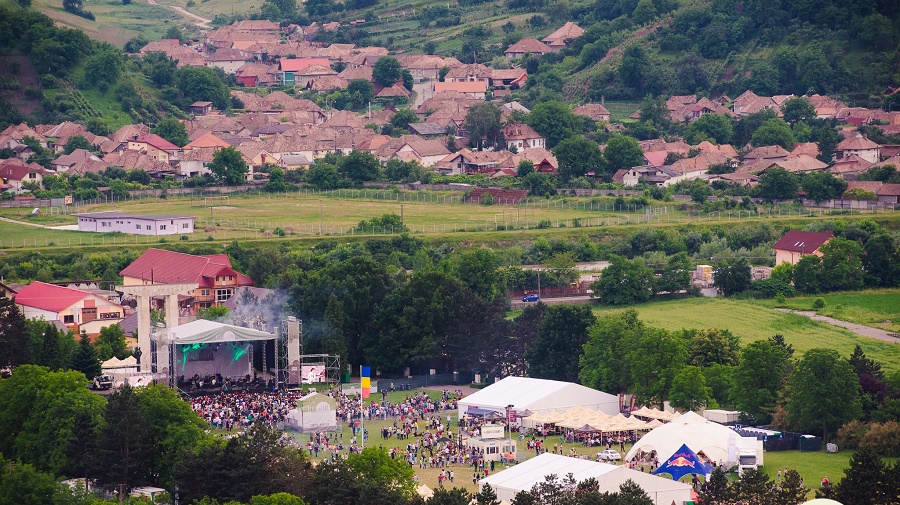 Blaj is also known as the main religious and cultural center of the Greek Catholics in Transylvania, beginning with 27 October 1627 when the Church United with Rome became a reality. It is also the first place in Romania where a public school was created in 1754, and where the Latin alphabet was used instead of Cyrillic.
Blaj is also known as the main religious and cultural center of the Greek Catholics in Transylvania, beginning with 27 October 1627 when the Church United with Rome became a reality. It is also the first place in Romania where a public school was created in 1754, and where the Latin alphabet was used instead of Cyrillic.
The city’s Culture Palace was recently refurbished and the project is one of the ten in Romania nominated for the EU Prize for Contemporary Architecture.
For several year the city has been positioning itself as a tourist destination, trying to attract visitors to its historical sites, the music festival, and to Transilvania Fest, a food and culture festival.
editor@romania-insider.com
(Photo source: BlajAlive Facebook Page)







